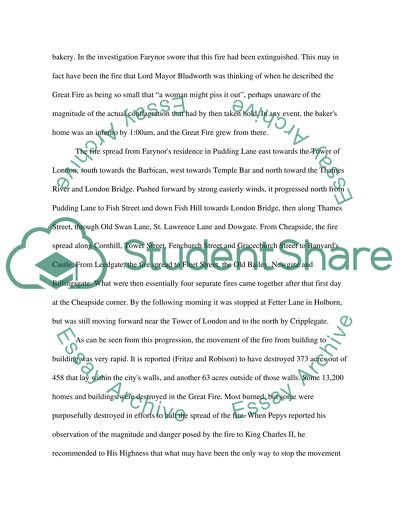Cite this document
(“The Great Fire of London 1666 Research Paper Example | Topics and Well Written Essays - 1500 words”, n.d.)
Retrieved from https://studentshare.org/miscellaneous/1565641-the-great-fire-of-london-1666
Retrieved from https://studentshare.org/miscellaneous/1565641-the-great-fire-of-london-1666
(The Great Fire of London 1666 Research Paper Example | Topics and Well Written Essays - 1500 Words)
https://studentshare.org/miscellaneous/1565641-the-great-fire-of-london-1666.
https://studentshare.org/miscellaneous/1565641-the-great-fire-of-london-1666.
“The Great Fire of London 1666 Research Paper Example | Topics and Well Written Essays - 1500 Words”, n.d. https://studentshare.org/miscellaneous/1565641-the-great-fire-of-london-1666.


